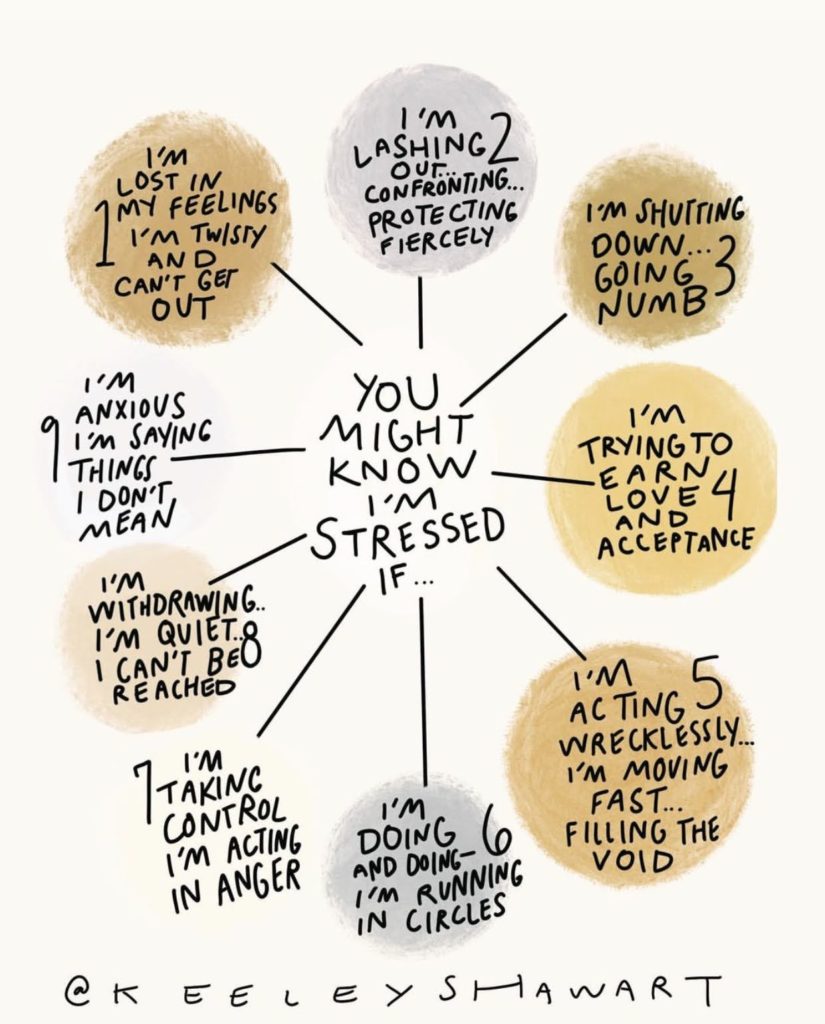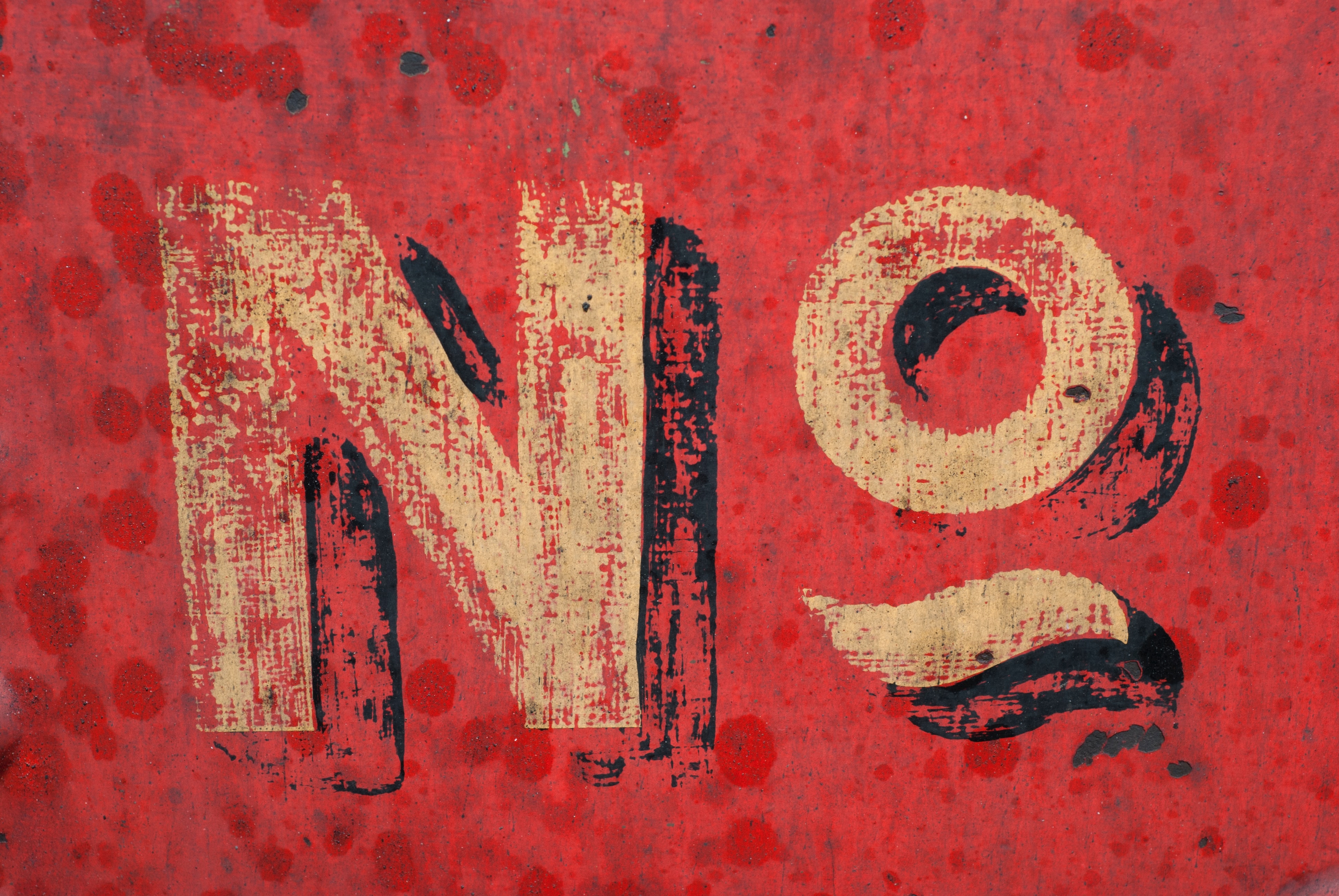This is part 5 in a series on Self-Care Strategies for Fear. You can find part 1 here, part 2 here, part 3 here, and part 4 here.
Thoughts can grow like weeds
In our minds, unchecked thoughts can grow like weeds. It’s so easy for them to be constantly playing in the background, orchestrating and puppeteering our decisions and behaviors, rarely questioned or examined…flying under the radar.
Try this experiment now: take your attention from reading these words and turn it toward your mind. Become aware of your thoughts – the steady narration that’s happening in your mind. What’s it saying?
All of the ideas and beliefs you’ve soaked up since childhood are still operating today in the depths of your psyche as your operating system. Many of them are flat-out lies. This inner narration is programmed by your operating system. As you bring your attention to your inner narration, you have the opportunity to uncover your own operating system and the beliefs that undergird it.
Some of mine that I’ve discovered over the years:
“I’m annoying. No one wants to listen to me.”
“People who are angry are dangerous.”
“Any noise in the night is definitely someone breaking into our house.”
“No one will ever really understand me.”
“Prioritizing myself and my own needs is selfish.”
Reappraisal Self-Care Strategies for Fear

Photo by Callum Skelton
Thoughts, running wild and unchecked in our minds, are tricky and cunning – but thoughts on paper are lifeless and still. Getting these thoughts out of your head and onto the page is one of the best ways to weed your garden.
Once they’re on the page, ask them some questions. In mental health coaching we call this “reappraisal.” This is an opportunity to look again at something you took to be 100% true without really questioning it – or – at something you learned during a different time in your life when this belief helped to keep you safe, but maybe now is outdated and not as useful.
Ask:
“Is it 100% true?”
“Whose yard am I in?”
“How do I feel when I’m believing this thought?” Name the emotions and sensations.
You can tell a weed based on its effects on your life. Weeds zap our energy. They contribute to us feeling disempowered, anxious, depressed, and unmotivated. Examining the truth of these thoughts and their effects on your body, mind, and spirit is a major step toward cleaning up your garden and freeing up your energy.
Questioning our thoughts and re-appraising their usefulness and truth can be difficult, especially if the beliefs were planted long ago or have trauma associated with them. Be very, very gentle with yourself as you do this work, and reach out for support if you feel scared, overwhelmed, or stuck. Having a neutral and steady person with you as you weed your garden can be so helpful.
Resources for working with your thoughts
- How to Deal with Anxiety from The News – NPR Life Kit
- The Work of Byron Katie
- Get it Off: What to do when your work gets stuck to you – Burnout Proof Academy course
- All or Nothing Thinking – The Life Coach School Podcast episode #325
- The Calling – Greatest Hits log exercise – Rha Goddess
Tiny Action
This activity comes from Burnout Proof Bootcamp:
Create a note on your phone titled ‘Thoughts’ or something more creative! If you prefer pen and paper, grab a 3×5 card or pocket journal to carry around with you this week.
When you notice a thought that accompanies stressful feelings (like the kind we talked about last week), make a note of the thought word-for-word – as if you’re narrating. At the end of the day, your list might look like this:

Next week: Plant new seeds
Once you’ve pulled the weeds, don’t leave bare ground to erode or to become re-infested with weeds. Next week we’ll look at how to identify and intentionally cultivate the helpful thoughts.
Reflection
Let us know in the comments:
What helps you become aware of unhelpful thoughts?

Photo by Selma Rizvić






































